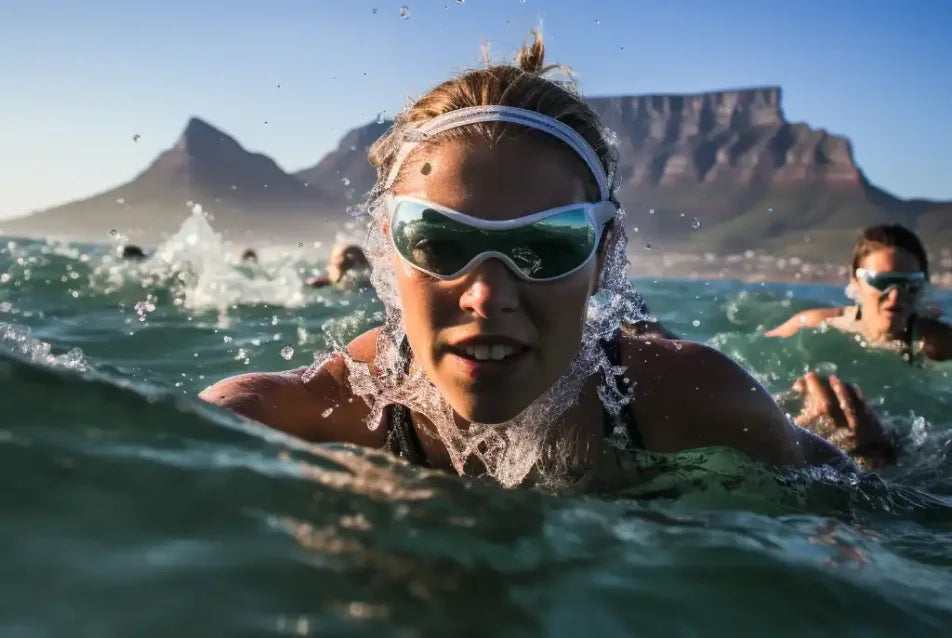
Stroke of luck
Share
Mastering Open Ocean Swimming with Octohoodie
This blog is dedicated to the art of open-ocean swimming! Chatting to a friend of mine recently, she spoke of her love of open ocean swimming and the skills required to manage herself both prior to, during the swim and after. It made me think that this was worth writing about.
So, if you are passionate about exploring the vastness of the sea and crave the freedom of open water, then this is for you. I want to first focus on the most efficient and popular stroke – freestyle (and if you are like me, I call it crawl….as I crawl along slowly).
MASTERING FREESTYLE
Due to its efficiency and speed, freestyle tends to be the go-to swimming stroke of choice for open water swimming. Here is a step-by-step guide to help you master this technique:
- Body Positioning: Your body should be parallel to the surface with your hips at or near the waterline. This creates a streamlined posture too reduce drag.
- Arm Movement: As you extend one arm forward, keep it slightly angled downwards, so that you enter the water with your fingertips first. Pull arm back in a relaxed S-shaped motion, propelling yourself forward. While one arm is recovering above the water, the other arm should be submerged, mirroring the same motion.
- Breathing Technique: Yip! It is cold! Take a deep breath just before beginning the stroke. As your arm starts to recover, rotate your body slightly to the side to allow your mouth to clear the water, and breathe in. Exhale steadily as your face returns to the water.
- Kicking: Keep your kicks small and rhythmic originating from the hips rather than the knees. This conserves energy and minimises the risks of cramps during longer swims. A proper technique maintains balance and provides additional propulsion.
ENERGY EFFICIENCY TIPS
- Pace Yourself: Open Ocean swimming requires endurance. Start at a comfortable pace to warm up. My friend says how eventually her face gets numb! Don’t sprint at the beginning, as it will drain your energy quickly. Build up your speed gradually and find a steady rhythm that allows you to maintain your stroke over long distances.
- Sight Efficiently: She also said that lifting your head too often to check your direction can disrupt your momentum and lead to exhaustion. Sight easily identifiable landmarks or buoys to guide your course.
- Utilise Currents: If used correctly they can boost your speed. If you do encounter a favourable current, adjust your course slightly to allow it to carry you along, saving both time and energy.
- Train Smart: Her advice was also to try to engage in regular swimming training sessions in pools or open water, like Newlands pool for example. Mix up your training routine with interval sets, distance swims, and some high-intensity workouts to enhance your overall performance. : Her advice was also to try to engage in regular swimming training sessions in pools or open water, like Newlands pool for example. Mix up your training routine with interval sets, distance swims, and some high-intensity workouts to enhance your overall performance.
CONCLUSION
Open ocean swimming is a rewarding and exciting exercise, especially with the right techniques and an original Octohoodie to keep you warm and dry before and post your aquatic escapades. The post-swim cool-down can leave you feeling chilled, especially if the water temperature was cooler. So, wrap yourself in your Octohoodie or put on some warm clothes to maintain your body temperature and prevent post-swim shivers. Remember to practice consistently.
Happy swimming 🏊♀️ 🌊 🐙
![]()

